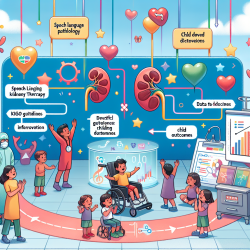Introduction
Suicide remains a significant public health challenge, particularly among high school-aged youths. According to the 2021 Youth Risk Behavior Survey (YRBS), suicide was the third leading cause of death for individuals aged 14–18 years in the United States. The findings from the survey highlight the urgent need for a comprehensive approach to suicide prevention, especially among disproportionately affected populations.
Key Findings
The 2021 YRBS data reveals alarming trends in suicidal thoughts and behaviors among high school students. Notably, female students showed an increased prevalence of seriously considering suicide, making a suicide plan, and attempting suicide compared to previous years. The data also indicates that Black, Hispanic, and White female students experienced significant increases in these behaviors.
In contrast, the prevalence of suicidal thoughts and behaviors among male students remained stable overall. However, disparities were observed among subgroups, such as LGBQ+ students, who reported higher rates of suicidal thoughts and behaviors compared to their heterosexual peers.
Implications for Practitioners
Practitioners can enhance their skills by implementing the following strategies based on the research findings:
- Create Safe and Supportive Environments: Schools should foster environments that promote connectedness and inclusivity, particularly for LGBQ+ students. Implementing programs such as gay-straight alliances and training staff on inclusivity can reduce suicide-related thoughts and behaviors.
- Focus on Early Intervention: Given the increased prevalence of suicidal behaviors among 9th and 10th-grade female students, early intervention strategies are crucial. Schools should implement evidence-based programs targeting younger students to disrupt the upward trend of suicidal behaviors.
- Address Racial and Ethnic Disparities: Practitioners should be aware of the increased risk among racial and ethnic minority groups. Providing culturally and linguistically relevant mental health services can improve access to care and address the unique needs of these students.
- Utilize Comprehensive Prevention Strategies: A multifaceted approach that includes teaching coping and problem-solving skills, gatekeeper training, and implementing mental health services can effectively support students at risk.
Encouraging Further Research
While the YRBS provides valuable insights, further research is needed to understand the underlying factors contributing to suicidal thoughts and behaviors. Practitioners are encouraged to explore intersectional identities and social norms that influence suicide risk. Expanding research on the impact of the COVID-19 pandemic on mental health can guide the development of interventions during times of crisis.
Conclusion
The 2021 YRBS highlights significant disparities in suicidal thoughts and behaviors among high school students. Practitioners play a vital role in addressing these issues by creating supportive environments, focusing on early intervention, and addressing racial and ethnic disparities. By implementing comprehensive prevention strategies, practitioners can make a meaningful impact on reducing the prevalence of suicidal thoughts and behaviors among youths.
To read the original research paper, please follow this link: Suicidal Thoughts and Behaviors Among High School Students — Youth Risk Behavior Survey, United States, 2021.










